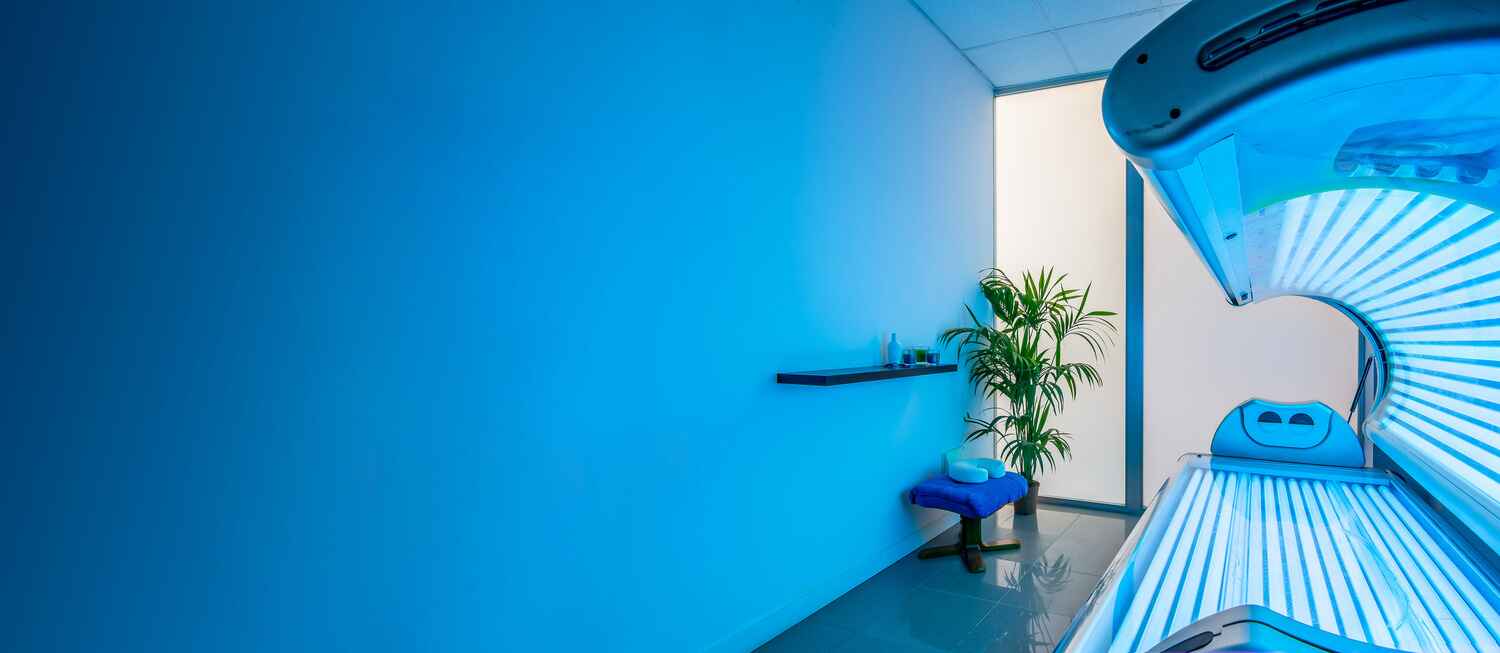Sun Damage
What Is Sun Damage and What Causes It?
Sun damage is sometimes also called photoaging, photodamage, or solar damage. It’s the result of excessive sun exposure to your skin, especially when your skin hasn’t been adequately protected with closing or sunscreen lotion. The common symptoms include wrinkles, hyperpigmentation, and other symptoms commonly associated with aging skin.
More About Sun Damage
Most of us have been hearing since childhood how important it is to protect our skin from the sun, and yet the allure of the perfect tan, the inconvenience of applying sunscreen, or simply forgetting to take precautions has led many to experience significant skin damage from sun exposure. Even though we all know the sun can damage our skin, thousands of Americans choose to intentionally overexpose themselves to the sun every year. To be clear, some amount of sun damage is an inevitable part of life, but intentionally seeking sun damage in the form of “tanning” can cause serious health problems.
According to Yale Medicine’s director of aesthetics, Dr. Kathleen Suozzi, sun damage is not only quite common but can be morally devastating, “I see many patients who have a lot sun damage […] They feel like their skin aged them, that they appear older than some of their peers, and they’re regretful of not being better with sun protection in their youth.” This only emphasizes the importance of taking precautions and preventing sun damage as much as possible.
Here’s a list of common symptoms associated with sun-damaged skin:
- Wrinkles & loss of skin tone
- Hyperpigmentation
- Age spots (aka liver spots)
- Spider veins
- Discoloration and redness of the skin
Why Does The Sun Damage Skin?
The sun produces a huge amount of visible light that we can see and experience as “day,” but it also produces a broader range of electromagnetic radiation, including infrared light we experience as heat and ultraviolet light. It’s this last emission, ultraviolet, or UV, light that is the main culprit. This type of light can cause damage to cells and corrupt DNA, leading to skin that can no longer naturally recover from sun damage.
The paler you are and the more intense the sunlight you’re exposed to, the higher the risk of causing yourself permanent damage. Pale skin is an evolutionary adaptation that helps people in low-sunlight environments to get enough vitamin D. However it’s significantly more prone to damage from sun exposure than darker skin.
Dermatologists use a reference tool called “Fitzpatrick’s Scale” to type skin and determine how significant the risk of sun damage is for an individual. Most people of European ancestry fall into types 1, 2, or 3. The higher the type number, the less susceptible to serious sun damage. Here is the full scale for your reference.
Type 1 – Pale skin, light-colored eyes, blond or red hair. Always burns and does not tan.
Type 2 – Fair skin with light-colored eyes. Burns easily but can tan.
Type 3 – Medium-light skin that initially burns and then tans.
Type 4 – Light-brown skin that tans with minimal burning.
Type 5 – Medium-brown skin that rarely burns.
Type 6 – Dark brown or black skin that tans easily and never burns.


Treatments Available At
Meg & Co.
LaseMD Ultra Laser Skin Resurfacing
This powerful treatment is how Meg & Co. can help reduce the appearance and symptoms of sun damage. We can conduct laser skin resurfacing that helps to rejuvenate skin, minimize the appearance of sunspots & wrinkles, and generally improves the texture and appearance of skin. This can take several treatments to achieve good, lasting results. Please note that your skin will remain vulnerable to further sun damage after treatment. The LaseMD Ultra is used to treat precancerous skin cells, too!
The paler you are and the more intense the sunlight you’re exposed to, the higher the risk of causing yourself permanent damage. Pale skin is an evolutionary adaptation that helps people in low-sunlight environments to get enough vitamin D. However it’s significantly more prone to damage from sun exposure than darker skin.
Dermatologists use a reference tool called “Fitzpatrick’s Scale” to type skin and determine how significant the risk of sun damage is for an individual. Most people of European ancestry fall into types 1, 2, or 3. The higher the type number, the less susceptible to serious sun damage. Here is the full scale for your reference.
Type 1 – Pale skin, light-colored eyes, blond or red hair. Always burns and does not tan.
Type 2 – Fair skin with light-colored eyes. Burns easily but can tan.
Type 3 – Medium-light skin that initially burns and then tans.
Type 4 – Light-brown skin that tans with minimal burning.
Type 5 – Medium-brown skin that rarely burns.
Type 6 – Dark brown or black skin that tans easily and never burns.
Safety Considerations
While it’s too late to prevent the initial sun damage, you really must prevent future sun damage as much as possible. This means using sunscreen lotion and/or UV-blocking clothing whenever you’re exposed to sunlight. This is especially important for the week following treatment when your skin will be healing and especially sensitive to further sun damage.
Maximizing Results
As always, do your best to maximize the health of your skin with moisturizer and good nutrition. Depending on the location and the severity of your sun damage, you may want or need other treatments to reduce your symptoms. Consult with your technician to find out if supplemental or complementary treatments would be helpful in your particular situation.
FAQ
What factors affect sun damage?
There are several factors that affect how easily you’ll experience sun damage, but the main factors are how susceptible your skin is naturally to sun damage and how well you protect your skin. The paler your skin is, the more vulnerable it is to short and long-term damage. The less you do to protect your skin with sunscreen and UV-blocking clothing, the more likely you are to experience serious sun damage as a result of sun exposure.
Is “photoaging” different from sun damage?
No, “photoaging” is just a different term for the same dermatological condition we commonly call “sun damage” or “Sun Aging.” These are all umbrella terms rather than specific symptoms, such as wrinkles or discoloration, which can be caused by sun damage.
If the damage was caused by light, how will laser therapy help?
Sun damage is, indeed, caused by light. Specifically, it’s caused by the uncontrolled UV light from the sun, which can cause significant damage to your skin cells’ DNA. Medical laser technology is fine-tuned to cause minimal damage to the skin, and the damage that is caused is not the deep, DNA-destroying damage associated with UV light but subsurface-level tissue damage that stimulates regeneration and collagen production. While some pioneering laser technologies weren’t so safe, modern aesthetic lasers are extremely safe medical tools.
